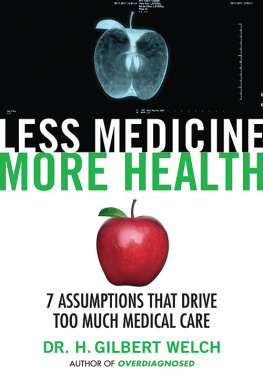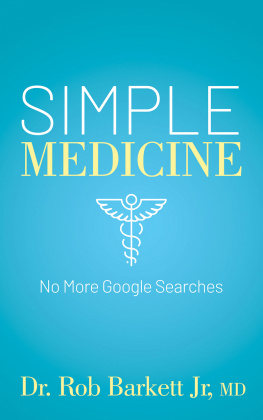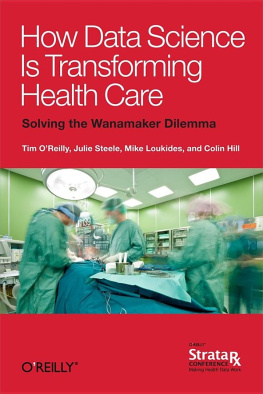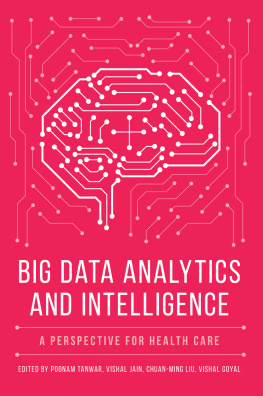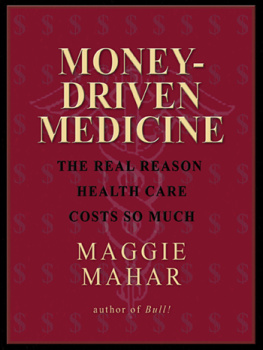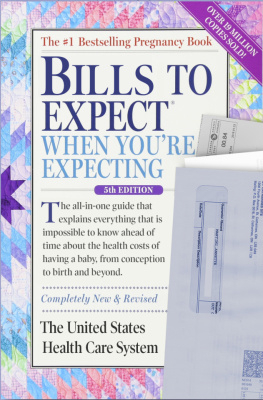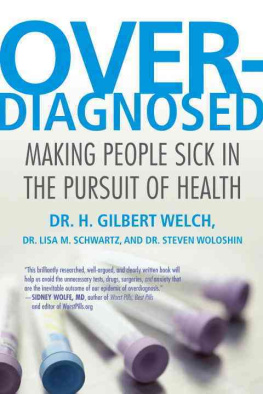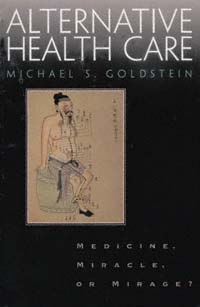
To patients everywhere
INTRODUCTION
Our enthusiasm for everything medical
I AM THINKING ABOUT getting a brain transplant.
The technology is not quite there yet, but its coming. I happen to know this because a friend of mine is a neuropsychiatric-cognitive surgeonone of three in the nation. (Note: the denominator here is the number of similarly trained specialists, not the number of my friends.)
Ive been talking to Haddad about my neuropsychiatric-cognitive problems. I used to be able to get up at three oclock in the morning and catch up on work. Now I cant. I used to be carefree. Now Im not. I used to be able to manage multiple tasks at the same time. Now if there are too many windows open on my computer, I have to close some. I used to be able to remember all my PINs and passwords. Now I cant.
Ive never been able to remember peoples names. While were at it, Id like that fixed too.
Haddad says a brain transplant will fix all this. He said it would be like increasing your RAM, processor, and hard driveall at the same time. He also mentioned it would enhance my synaptic plasticity.
That sounds good. Id like to have more plastic synapses. Id like a new brain.
And I know I should probably do it sooner rather than later. I dont want to let my problems get too far advanced. Whats the use of a new brain thats highly functioning, and without a care in the world, if the rest of my body cant enjoy it?
I figure the procedure will also have a beneficial side effect: it will lower my risk of brain cancer. Ive been worrying about this a lot lately, ever since I heard that some academic medical centers are encouraging more brain cancer awarenessand offering free MRIs to screen for it. Ive been surfing the net and have become aware that my risk of a brain tumor increases as I age.
So heres how I put it together: the donor brain will be presumably younger than mine, so my risk of brain cancer should be lowered. I understand there are some technical barriers to overcome. Hooking up the blood supply should be easyits basically a plumbing problem. Hooking up the spinal cord and the twelve cranial nerves will be more challenging. Haddad is working with a nerve stimulating factor to encourage these connections now. He says the trick is getting the connections right. I agree. I dont want to start talking and then put my foot in my mouth (although this already happens now).
For those of you who share my problems, I empathize. For those of you who thought this was going to be a nonfiction book, I apologize. The foregoing story exists only in my imagination; subsequent ones will be the real deal (although names, geography, and other potential identifying information may be altered).
And for those of you who think it all sounds far-fetched, consider the recent federal investment to map neurologic activity, the Brain Research through Advancing Innovative Neurotechnologies, or BRAIN for short. It has been thought of as an analogue of the Human Genome Project. Instead of mapping the genome, the initiative proposes to map the brain, and will undoubtedly feature some way-cool color images of brain activity. (They were going to call it the Brain Activity Mapuntil someone recognized the BAM acronym might be a problem....) Whatever it is called, is there anyone who cant imagine that this effort will lead us to read something about the immense value of brain mapping? Not to mention some creative advertising copy?
Feeling down? Find out why and feel betterGet your brain mapped.
Having trouble remembering things? Your wires may be crossedGet your brain mapped.
Unable to think clearly? Maybe your friends were right: you ought to have your head examinedGet your brain mapped.
And who cant imagine that there will be a subsequent medical breakthrough? Some drug, stimulator, implantable device, or even a surgical procedure that will make the map right. And who cant imagine that many of us may want to give one of these breakthroughs a try? (Whether the term breakthrough will be warranted is a separate question.)

WE AMERICANS CONSUME A LOT of medical care. By some metrics, we are the most medicalized society in the world. To be sure, there is an increasing amount of competition on this front as more and more of the developed world gives us a run for our money.
You might think that the biggest problem in medical care is that it costs too much. Or that health insurance is too expensive, too uneven, too complicatedand gives you too many forms to fill out. But the central problem is that too much medical care has too little value.
Thats right, there can be too much medical care. Obviously this is not a problem for everyone, and it certainly isnt meant to deny that some people get too little medical care. But there has been a growing recognition that the conventional concern about too little needs to be balanced with a concern about too much.
In a recent national survey of primary care physicians published by Archives of Internal Medicine, nearly one-half said their patients received too much medical care. Dont miss the fact thats the doctors talking.
Can you imagine the dentists saying that? Or the small animal vets?
And too much is not simply meant to imply wasteful care, but also harmful care.
Ive been trying to raise physician consciousness about this problem for years. But some doctors dont need their consciousness raisedthey know the problem better than I. After giving medical grand rounds at the University of Cincinnati, one came up to tell me a story. Not about one of his patients, but about his father.
Mr. Nadeau was eighty-five and in excellent health. He went to see his doctor simply for a routine checkup. The doctor performed a careful physical exam. Everything looked good, except for a bulge he thought he felt in Mr. Nadeaus bellya bulge that might be an abdominal aortic aneurysm. An aneurysm is a ballooning of a blood vessel. As the blood vessel balloons, the vessel wall stretches, thins, and can rupture. The aorta is the largest blood vessel in the body. It originates in the heart, travels upwards in the chest (to supply blood to the head and arms), and then curves downwards into the abdomen (to supply blood to the digestive tract, kidneys, and legs). A ruptured abdominal aorta can cause massive blood loss and sudden death. Thats worrisome.
So the doctor ordered an abdominal ultrasound, the same technology used to show expectant mothers their baby. The ultrasound showed that Mr. Nadeaus aorta was normalthere was no abdominal aortic aneurysm. But the ultrasound found something else to worry about. It found something abnormal on Mr. Nadeaus pancreas. The radiologist thought it was a small growth. It had nothing to do with what the doctor felt on the physical exam; it was way too small to be felt. But it still could be cancer.
She recommended a CT scan of the abdomen, an exam that combines X-rays and computing power to produce a more detailed picture than ultrasound. The CT scan showed the pancreas was normal.
But the CT scan found something else to worry about. It found a nodule on Mr. Nadeaus liver. The radiologist recommended a liver biopsy to see what the nodule was (it could be cancer too). To biopsy a liver nodule a gastroenterologist inserts a needle through the skin, through the liver, and into the nodule. To cut out a piece of tissue big enough for a pathologist to examine under a microscope, the gastroenterologist has to use a good-sized needle, roughly the caliber of a small knitting needle.

